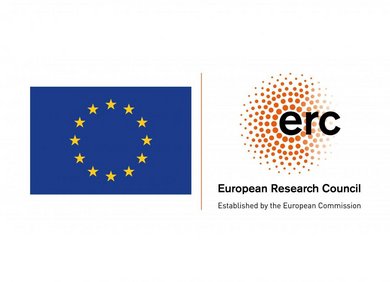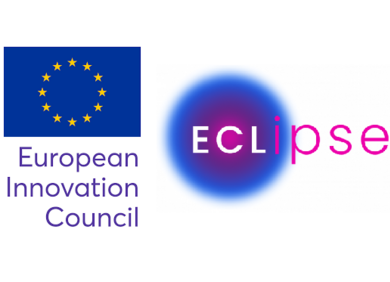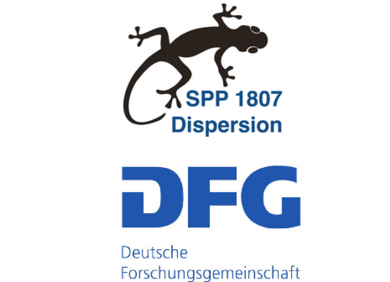The ERC Consolidator Project "SupraSense" combines new strategies to design and realize biomimetic artificial receptors for bioactive small molecules, i.e., metabolites, with the aim of overcoming long-standing selectivity and sensitivity limitations that hindered other synthetic sensory systems from reaching diagnostic applications.
Sophisticated yet easy-to-fabricate “SupraSensors” will be developed based on hybrid zeolitic materials whose binding cavities are modulated by cofactors, thereby mimicking enzyme pockets. SupraSensors will be functional and directly applicable for molecular diagnostics in urine, saliva, and blood and will be of utility in point-of-care units and personal homes. Emphasis is given to the detection of metabolites that are important disease indicators.
Explore Our Funded and Completed Projects





